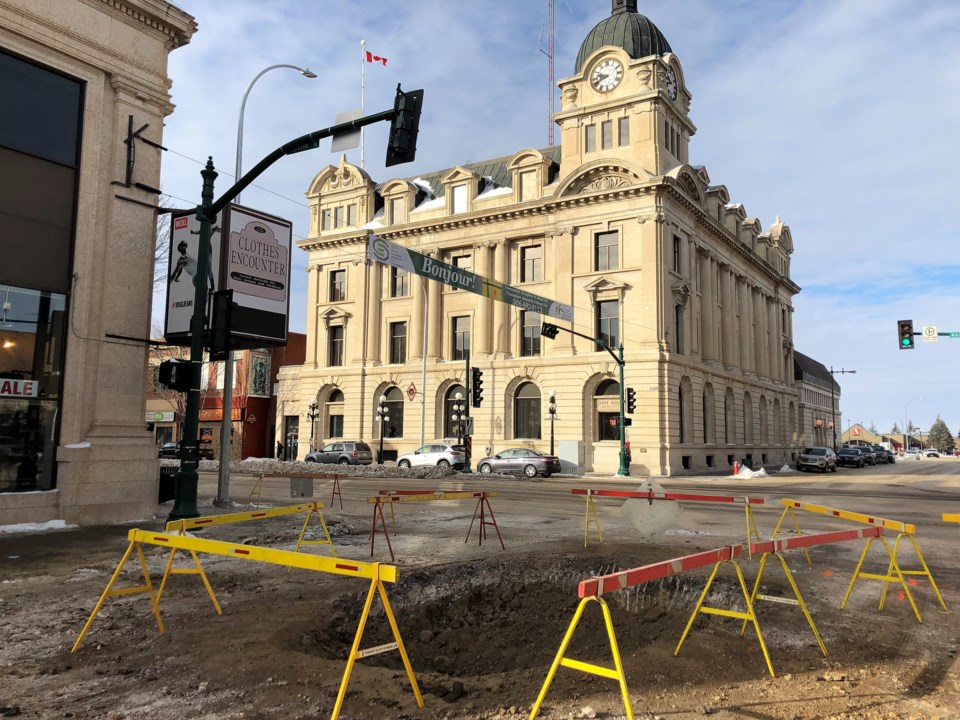The historically cold February could have some lingering effects for some Moose Jaw home owners.
The City of Moose Jaw has advised some home owners to run the water in their tap “the width of a pencil” to insure that the water line to the house doesn’t freeze.
“When we have prolonged winter cold snaps like we’ve had this year, with sustained temperatures at night below -30 C, then generally the shallower services potentially start to become affected as the frost goes deeper and deeper into the ground. We are seeing the frost quite deep this year. That’s contributing to our watermain breaks and to residential lines starting to freeze that are at that shallower depth,” said Darrin Stephanson, manager of utilities for the City of Moose Jaw. “Where we know there’s been issues in the past, the City gives free consumption on the water side and says ‘let it run.’ Running water, generally speaking, does not freeze.”
The issue primarily relates to older homes that have unfinished and/or uninsulated basements and whose water lines are only eight feet below ground. In 2014, a cold winter led to water lines freezing from the main line to the houses. The City delivered potable water and waste water to residents to get them through the disruption for much of that March.
“Some of the older homes have shallower services,” Stephanson said. “Typically what we see from frozen lines first are the homes that don’t have properly insulated basements and the water service starts to freeze — generally speaking — from where it enters the house. Then it starts to work its way back if it’s left to sit and continue to have non-movement and it continues to spread.
“The mains don’t freeze. There’s enough movement and pressure that the mains are always fine. It’s the small service connections that become at risk.”
Water lines are typically installed at a depth of three metres (more than nine feet and 10 inches) in new homes.
Well-travelled streets that have a lot of traffic also drive the frost deeper than on less-travelled roads.
“We’re seeing in areas where there is less traffic that the frost is six or seven feet deep already,” Stephanson said. “It has been a cold one and it has settled in pretty good with the sustained spell we had.”
The cold weather has also caused a rash of watermain breaks and the frozen ground adds to the time it takes to repair them.
“It’s a lot harder on the equipment, not only to peel the asphalt, but to break that earth when that frost is there. It’s like hitting concrete,” Stephanson said. “So we have a very good idea of how deep the frost is. Given that we’re repairing something every day of the week, we have a pretty good understanding of where the frost is at different areas of the city.”
The City is hopeful that having residents run their water will prevent any service interruptions. Stephanson said that if home owners want to try to remedy any future issues there are options, though the home owner owns half of the line, since it is on their property.
“The onus is on the home owner,” Stephanson said. “If they desire not to have this issue year after year then they would engage us to replace the line. There is a cost to doing that and we would rerun that relay at a lower depth to avoid those issues.”




